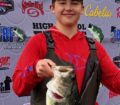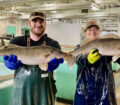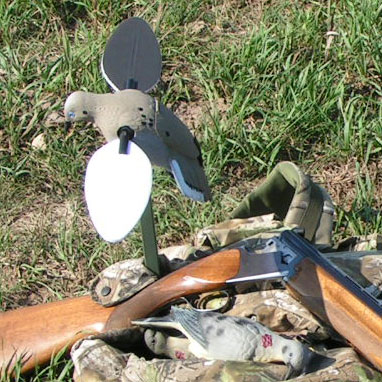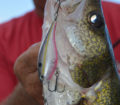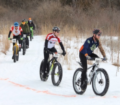By Bob Jensen
Fishing the Midwest Fishing Team
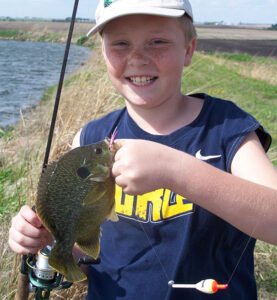
(photo by Bob Jensen) There are times when anglers of all skill levels will catch more fish with slip bobbers.
Most anglers, when they think back about memorable catches, remember the technique that was being used when that memorable catch took place. I consider myself very fortunate to have quite a few of those memories. Some of the most memorable catches occurred while we were employing what many consider to be a very simple technique: We were using slip bobbers.
Slip bobbers are extremely effective when fished in the right place at the right time. When conditions call for it, you can put more fish on the end of your line by using a slip bobber. Many of the most successful anglers rig up a slip-bobber when other techniques aren’t producing.
Some folks believe that bobbers are what inexperienced anglers use to detect strikes, and a bobber does help in letting you know when a fish has eaten your bait. While bobbers can help in strike detection, they provide other very important functions.
Slip bobbers are different than the fixed-position bobbers we used as youngsters. Those round red and white bobbers that you snapped onto your line years ago did a good job of keeping your bait off the bottom and letting you know when a fish ate that bait, but they were cumbersome to work with. Since they’re in a fixed position, you can’t cast or reel a fish in close if the bobber is more than a couple of feet above the bait.
Slip bobbers slide on your line. You set a tiny bobber stop at the position where you want to suspend the bait. For instance, if you want the bait six feet below the surface, you set the bobber stop six feet above the bait. The bobber stop is small enough to reel through the rod guides and even onto the spool of your reel, so casting and reeling a fish in is much easier.
You generally want to set the bobber stop so your bait will be at or a little above the level where you expect the fish to be. If you’re after walleyes, generally it works best to set the bobber stop so the bait will be within a couple of feet from the bottom.
Crappies and bluegills will often be found a little higher off the bottom, so you’ll want to set the bobber stop shallower. It pays to experiment with how deep or shallow you’re setting the bobber. An adjustment of just a foot or two can make a difference.
There are lots of other considerations for fishing below slip bobbers. Sometimes a thin bobber is preferred, other times some anglers believe that a round slip bobber is better. The fish can pull the thin bobber under easier because it has less water resistance. The round bobber rides the waves better though, which means your bait is moving up and down more, and that movement can be appealing to fish.
Sometimes a hook with a splitshot or two is the way to go, other times a small jig will be better. A minnow or leech will provide the jig or hook with action.
Spring, summer, fall and winter, shallow water, deep water, or mid-depths, there are times when slip bobbers will help you catch more fish. If you’ve used slip bobbers, you already know that. If you haven’t used slip bobbers, this year might be a good time to do so.


